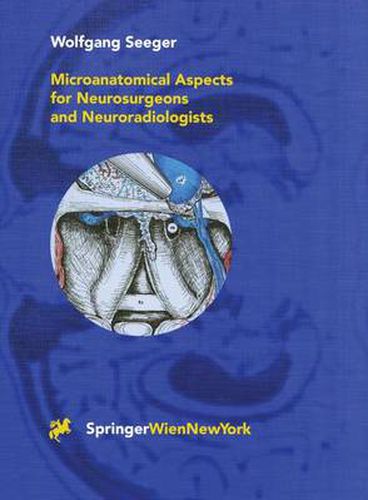Readings Newsletter
Become a Readings Member to make your shopping experience even easier.
Sign in or sign up for free!
You’re not far away from qualifying for FREE standard shipping within Australia
You’ve qualified for FREE standard shipping within Australia
The cart is loading…






Modern diagnostic imaging and operative approaches have witnessed significant improvements in our times. Computerassisted methods are in use in all microsurgical fields. Neuronavigation, novel stereotactic methods, endoscopic procedures, magnetic resonance imaging, ultrasound and the progress in pre- and intraoperative epilepsy diagnostics must be mentioned in particular in this connection. However, the insights of neuroanatomy and neurophysiology have not become obsolete thereby, on the contrary: such knowledge is imperative and a prerequisite for all neurosurgeons, nowadays more than ever before. Otherwise, excellent modern approaches are liable to fall into discredit if microanatomical aspects are neglected. The goal of this book is two-fold: first, to guide the resident towards a fruitful application of anatomical basics in visualizing and operative techniques. Second, to draw attention to as many anatomical norm variants as possible to forestall complications during surgery. Standard methods, such as the pterional approach, often confront the surgeon with a range of anatomical variants.
$9.00 standard shipping within Australia
FREE standard shipping within Australia for orders over $100.00
Express & International shipping calculated at checkout
Modern diagnostic imaging and operative approaches have witnessed significant improvements in our times. Computerassisted methods are in use in all microsurgical fields. Neuronavigation, novel stereotactic methods, endoscopic procedures, magnetic resonance imaging, ultrasound and the progress in pre- and intraoperative epilepsy diagnostics must be mentioned in particular in this connection. However, the insights of neuroanatomy and neurophysiology have not become obsolete thereby, on the contrary: such knowledge is imperative and a prerequisite for all neurosurgeons, nowadays more than ever before. Otherwise, excellent modern approaches are liable to fall into discredit if microanatomical aspects are neglected. The goal of this book is two-fold: first, to guide the resident towards a fruitful application of anatomical basics in visualizing and operative techniques. Second, to draw attention to as many anatomical norm variants as possible to forestall complications during surgery. Standard methods, such as the pterional approach, often confront the surgeon with a range of anatomical variants.